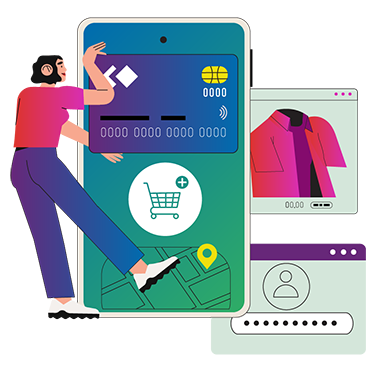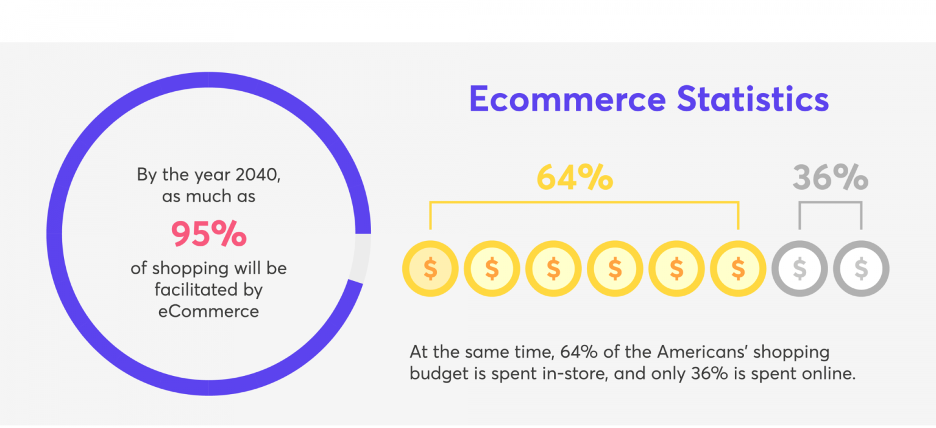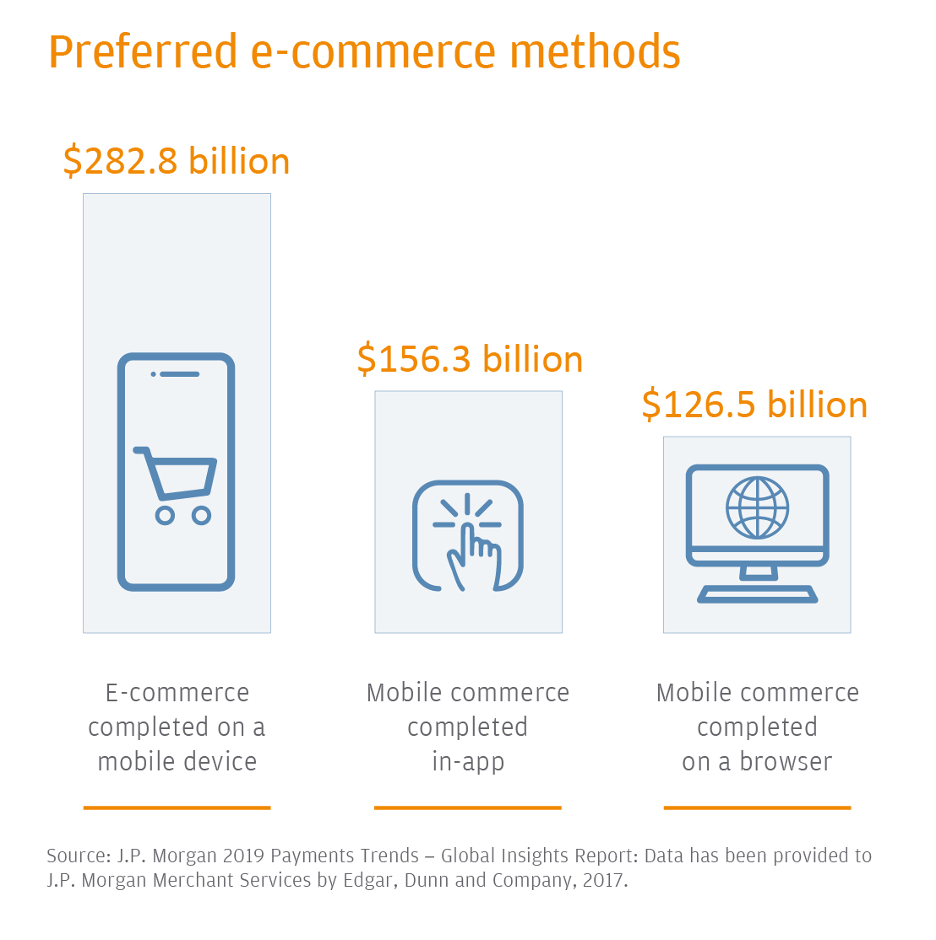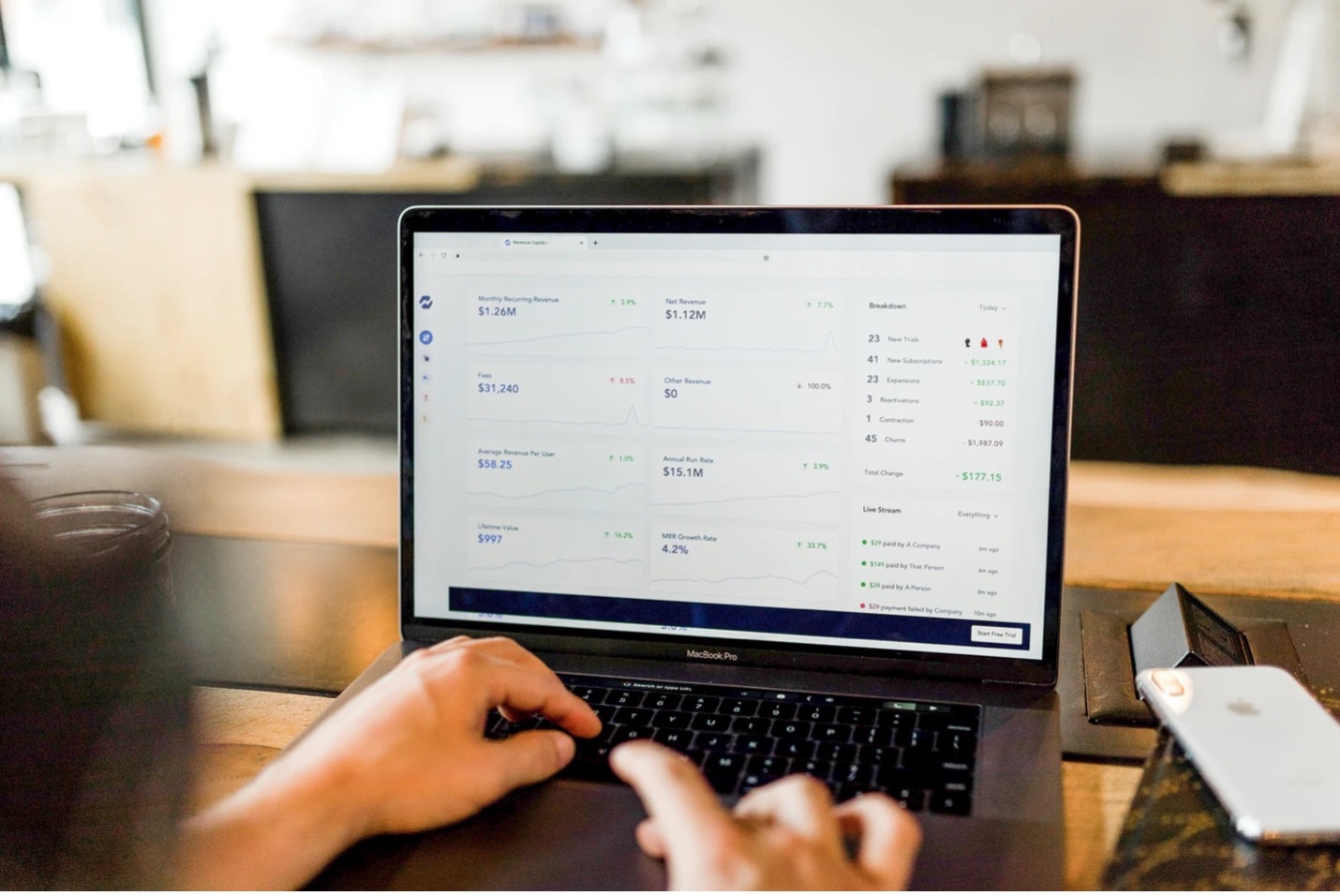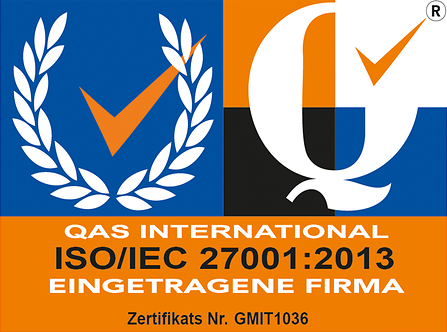Samanta Clayton
Many organizations today have eCommerce stores, so much so, that competition for customer’s business has never been more intense. There are potentially thousands of other stores offering the same goods and services that you provide.
In fact, total global eCommerce sales amounted to more than $4.2 trillion in 2020. That’s estimated to rise to over $5 trillion in 2022. Online stores are sprouting up all over the place, and they aren’t about to disappear.
The takeaway? Online shopping is a big deal, and it’s only becoming bigger every year.
Part of the rise, and the appeal, is that creating an eCommerce store has never been more accessible, especially now that companies use a cloud PBX phone system to make their communication smoother. With new web development technologies and third-party solutions, the possibilities are endless.
So how do you make your eCommerce store stand out from the crowd and increase your company’s revenue? By using this checklist for optimizing your eCommerce tech stack you can give your eCommerce efforts a shot in the arm by adding increased efficiency and greater scalability. In a constantly fluctuating marketplace these tools will help you adapt as the market does.
While it’s true that there’s plenty of opportunity in eCommerce, achieving success is tough. For online businesses, competition is fierce. You need to do whatever is required to make your eCommerce website stand out. You can collaborate with domains that offer unlimited hosting web to boost your SEO rankings. There’s a relentless drive to improve the eCommerce experience for consumers. Accompanying that drive is a wide range of eCommerce technologies and tools. These have been designed with speed and efficiency in mind, amongst many other features.
It’s also clear, then, why many business proprietors are exploring digital acceleration. It’s a must to keep up with the shifting, ever-changing demands present in eCommerce. Embracing technologies and digitizing operations can make all the difference in such cases.
To successfully navigate these challenges, your business needs a first-rate technology stack build. This checklist will ensure that you have all the information required to build a tech stack that works for your business, specifically.
What Is an eCommerce Tech Stack?
For those without any industry experience, a technology stack might sound intimidating. In truth, it’s quite a simple concept.
An eCommerce technology stack is a collection of all the eCommerce technologies and tools that are used to develop and manage an eCommerce website or application.
As you can probably guess, an eCommerce tech stack is hugely varied in nature. It has to manage a range of purposes and requirements for one comprehensive package.
The majority of these stacks integrate everything from customer relations management software to email marketing software solutions. The best online stores have access to a comprehensive assembly of in-house communication tools like byoc cloud and third-party technology solutions.
Most eCommerce technology stacks are split into a few aspects.
Front-End Stack
There’s the front-end stack, which involves client-facing technology largely used in web and app development. The front-end is what your users will experience, so its quality is highly influential. By getting this end perfect, your eCommerce conversion rate is likely to skyrocket.
Back-End Stack
Next comes the back-end stack, which is the skeleton of your eCommerce business. It’s the infrastructural foundation that makes sure the front end is able to operate well.
Using an array of tech solutions isn’t enough. For optimal results, you should explore quality control software to check the effectiveness of your setup.
Third-Party Services
Lastly, we come to third-party services. eCommerce businesses often utilize third-party tools to cover business needs that aren’t already met. Everything from eCommerce analytics tools to payment gateways or even a quoting software might fall into this category.
Now, this is only the most basic summary of an eCommerce stack. If you want a truly optimized stack, we’re going to need to run into greater detail about essential tasks, and what they might entail.
Let’s take a look.
eCommerce Tech Stack Essentials
Building an effective eCommerce tech stack isn’t easy, particularly when you realize that it needs to be agile and scalable for the future. Even so, it’s still possible to assemble the right tools and technologies with some careful consideration.
With this checklist, you can make certain that every aspect of your eCommerce business has the tools required for success.
Product Lifecycle Management
Commonly referred to as PLM, product lifecycle management is all about improving collaboration and raising efficiency in the manufacturing of products for your business. Yes, this is only required for eCommerce operations involved in the actual manufacturing of their products - but for those situations, it’s essential.
Product lifecycle management software helps to bridge connections between the various parties involved in the manufacturing process. As the name suggests, this is intended to cover the entirety of a product’s lifecycle, right up until it’s in the hands of your customer.
Product Information Management
The very premise of your business is to sell a number of products through your eCommerce platform - true whether you’re using an eCommerce website or an app. To do this effectively, you’re going to need to find a way to manage all of your product data in a centralized fashion.
That’s where product information management (PIM) tools enter the picture.
An effective management system doesn’t just help you manage and store your data in a single location, however. It’ll also make it possible for you to refine and enrich your materials before using them through various sales channels.
This is particularly important, as both physical product and SaaS SEO marketing strategies increasingly require an omnichannel approach. Consistent information across various channels is a necessity. Otherwise, you risk confusing customers.
PIM software guarantees a singular truth for each and every product that you carry.
Digital Asset Management
For an eCommerce business, digital assets are a big deal.
Photos, 3D renderings, videos, design files, PDFs - they all fall into this category. Digital asset management (DAM) is all about how these assets are stored and organized across the business.
Digital asset management software sorts and categorizes assets effectively. Usage of data lakes could be a big help because it stores any data making it easier to locate and retrieve.
Many packages even allow you to import and export files for multiple platforms as well. There are many similarities between product information management and digital asset management. As such, it’s likely you can find a tech solution for your tech stack that covers both of these requirements.
Some eCommerce businesses are using DAM technologies in tandem with OCR software (optical character recognition), where users submit images in an effort to find related products. It goes without saying that a wealth of data is available for you there.
Multichannel Listing Management
Let’s move ahead to look at multichannel listing management software.
As mentioned previously, there’s a never-ending thirst for new sales and marketing strategies in eCommerce. By utilizing these channels, you can engage with more customers. You can also access different groups of customers that are only available on certain platforms.
Multichannel listing management software helps with the distribution of optimized product data across a variety of platforms. Using these tools, you can also ensure that data is kept up-to-date and consistent across each marketplace and retail space in which you’re active.
The ease with which these tools can implement and update product data across these platforms is especially impressive given that each space is likely to have unique listing requirements.
eCommerce Platform Software
It surely isn’t going to come as a surprise that for your eCommerce technology stack build, you’re going to need a high-quality eCommerce platform.
These eCommerce platforms, which include Salesforce Commerce Cloud, SAP Commerce Cloud, commercetools, Elastic Path, HCL, and Spryker Commerce OS, are designed to give you the foundation required to list, market, and sell your products in the online world using various omnichannel methods, multimedia marketing content, and digital business models, among others. They’re the customer-facing online store where prospective buyers will peruse your goods.
There’s quite a bit of variation where eCommerce platforms are concerned.
With your situation, you have the option of using an eCommerce platform that has everything you need already included. If not, you can use something that will allow you to leverage other eCommerce technologies and tools seamlessly.
Enterprise Resource Planning
Moving onto enterprise resource planning (ERP), this is a type of software concerned with the management and integration of all the processes and data across various aspects of the business.
These software packages can help with the management of inventory and accounting data, as well as financials and supply chain information.
ERP software is typically more associated with larger organizations. Nevertheless, there’s a clear utility for even the smaller eCommerce businesses out there.
ERP tools often use automation software to radically improve efficiency and productivity across the business. This is an example of digital acceleration that benefits businesses at every level.
Payment Processors and Gateways
Whether you need a payment processing tool for your eCommerce technology stack will partly depend on the eCommerce platform that you own. The fact is that many of these eCommerce platforms come with payment processing already integrated.
If you don’t have a payment processing solution in place, you can’t accept payments from customers. That’s right, the name is a complete giveaway - payment processing technology allows you to receive digital payments on your platform.
An effective payment processing choice is going to allow you to take payments from as many sources as possible. Still, your primary concern should always be how secure your payment processing software is.
Theft and fraud are hot topics in cybersecurity these days. An FTC report from 2019 indicates a 104% increase in the report of fraud. Unfortunately, that trend hasn’t yet declined, so vigilance is a must with eCommerce technology.
Order Management Systems
For any business that’s operating across multiple sales channels (which, right now, is most businesses), an order management system is a must-have.
This aspect of your technology stack is all about combining inventory data across every eCommerce platform you’re using. You’re probably already aware that it can be tough to keep up with stock taking when you’re getting orders from a variety of sources.
Reliable inventory and order management software can make things so much more straightforward for you.
Data Analytics
Last, but not least, comes the analytics software that you integrate into your tech stack.
Any business can gain access to a wealth of data, but to do so, analytics software is essential. With access to a platform that can delve into the information your customers give you, better service is certain to follow.
The two most useful data types you’ll access are how your customers behave on your platforms, and customer demographics. Using this information, you can retool your approach and connect with customers more meaningfully.
The result should be a renewed push for excellence using information that you know is reliable. For all intents and purposes, it was submitted by your customers.
How to Optimize The Tech Stack For Your eCommerce Business
A sentiment that we hear often is how challenging it is to build a tech stack for eCommerce on a limited budget.
This is totally understandable.
There are numerous areas that you’ll need to cover, with some a higher priority than others. Sure, GSuite automation software would be amazing for your customer service. But would you be better off prioritizing a different aspect of your stack?
These decisions are never easy, but there are ways to navigate these difficulties, which you’ll see below.
1. Examine Your Existing Stack
Before you can make any decisions about further tech that you want to integrate, you need to look at your existing stack.
Assess the infrastructure you have in place to determine what you should keep or get rid of. Think about the compatibility of products that you might consider implementing.
2. Evaluate Your Circumstances
To choose the right software for your eCommerce technology stack, you need to think about the direction you’re trying to head in. Not to mention the practical constraints that are already hampering you.
Niche-specific requirements will significantly narrow down the suitable products, straight away.
3. Determine Scalability
Part of optimizing an eCommerce technology stack is making sure that it’s going to work as your business scales up.
Ultimately, you want your business to thrive and flourish.
If specific tech solutions act as a bottleneck, if they cannot scale efficiently, then you’re going to experience problems sooner or later.
4. Consider Additional Costs
The ideal choices for a tech stack do not require any new hardware, nor do they need you to bring in new talent. All of that is expensive. But the reality is that sometimes, you have to loosen the purse strings.
Before you implement another software into your stack, try to uncover associated costs. This is especially important for scalability.
5. Balance Innovation and Reliability
Novel technology can revolutionize a market. So, it’s always tempting to integrate new, exciting solutions into a technology stack. Yet, issues are usually present.
A less compelling option could be the better choice if you’re seeking dependability, first and foremost. Finding a balance between future-proofing and current performance is key.
Building Better Stacks For An eCommerce Website
The type of utility a technology stack offers is determined by the type of eCommerce business you’re looking to run.
With the above checklist, you know which areas are truly essential.
You also know the best ways to make difficult choices between one solution and the next. Ideally, you’ll find technologies and tools that can offer success across multiple areas of your business. You can also use chat, email, or a toll free number meaning customers can contact your business easier and for free.
Once you have an optimized tech stack in place, your business - and tech - will certainly flourish.



